Castello
Castello
The Castello district is one of the six historic sestieri (neighborhoods) of Venice, located in the eastern part of the city.
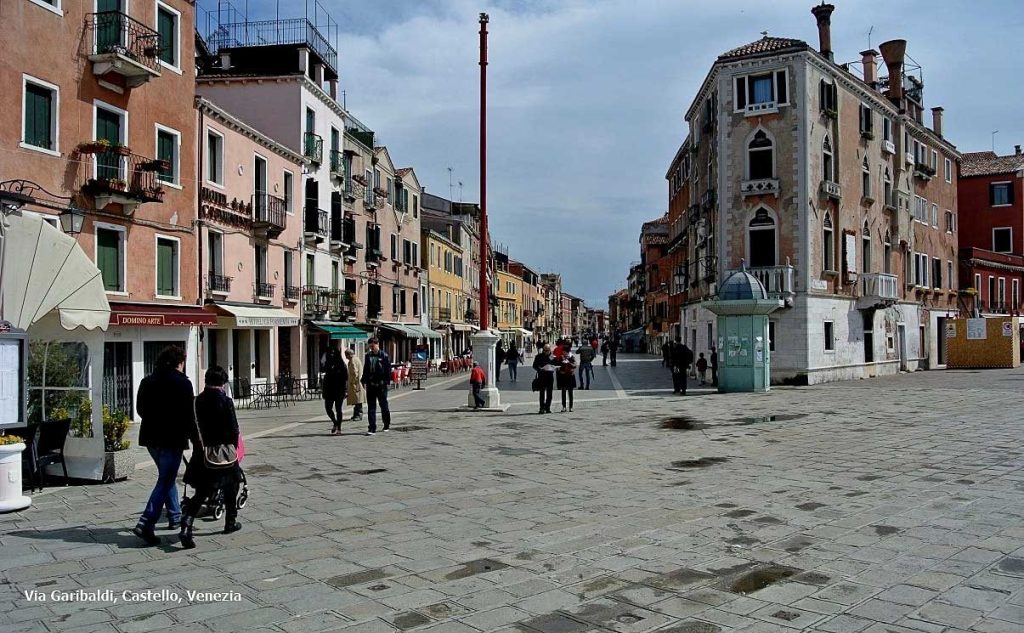
It is the largest of all the sestieri and includes a large area that goes from the eastern part of Piazza San Marco to the eastern end of the island of Venice.
In Castello there are the Naval Museum and the Venetian Arsenal and the Naval Museum. The Arsenal was for centuries the large and strategic shipyard of the Republic of Venice. Here the ships that made Venice the major military and commercial power in the Mediterranean were built. Today the Arsenale is used partly for the activities of the art Biennale, partly hosts the Navy and partly is used for cultural events of various kinds.
The district was once almost entirely inhabited by arsenalotti, workers and technicians specialized in shipbuilding. This gave it a working-class neighborhood atmosphere that it largely retains today.
The Arsenale

Not everyone knows that Venice has a long industrial history. The Arsenale is the most important example of a large production complex, with a centralized structure, of the pre-industrial economy: it anticipated by centuries the modern concept of “factory” where specialized workers carry out the assemblies of artefacts in succession along an assembly line using standard components. The organizational form of the “Task force” and on-demand work was also born here, which allowed technicians to also work on their own during periods of low demand for work in the public military structure.
The Arsenal is not accessible today from its main gate, the Porta dei Leoni, because this leads directly into the military area, but it can be accessed from the northern part by getting off at the Celestia or Bacini public transport stops. A good way to visit large parts of the structure, which are usually not open to visitors, is also to access them during the period of activity of the Art or Architecture Biennale, through the entrance in Campo della Tana, to the south, which are highly appreciated exhibition venues.
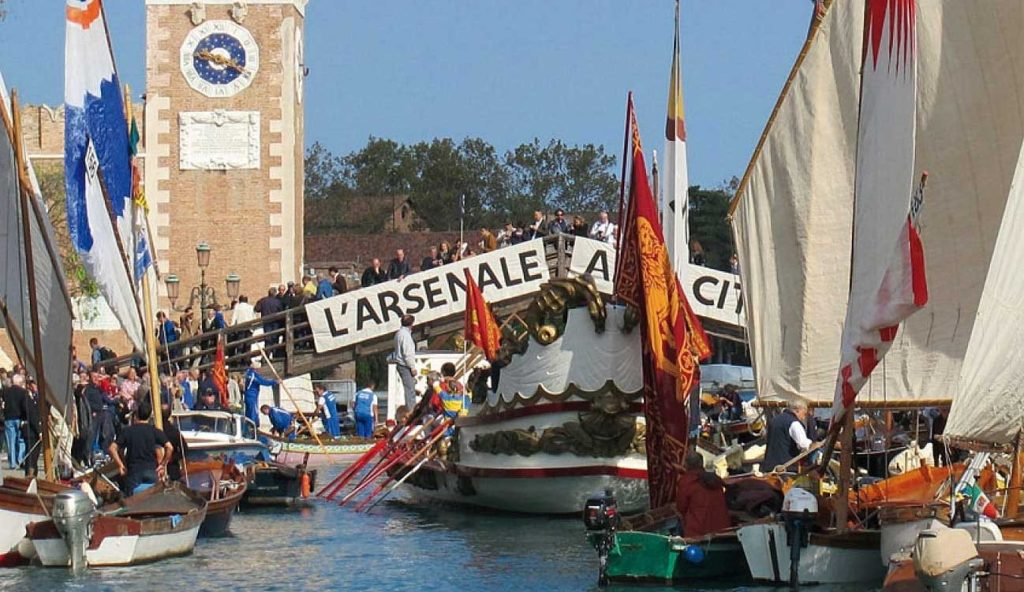
The arsenal is very large: it occupies about a fifth of the entire surface area of Venice and is the subject of various redevelopment and use proposals that enhance its nautical and artisanal tradition. A detailed description of these proposals and various thematic maps of the entire complex can be found on the website of the Forum Futuro Arsenale Association, also in English.
Naval Museum and Ships Pavilion
The naval museum is spread over four floors and is above all a museum of the Navy, although it preserves various models and examples of civil navy, including the historic gondola that belonged to Peggy Guggenheim, a well-known patron, art expert and founder of the museum of the same name which has offices in various parts of the world, as well as in Dorsoduro, on the Grand Canal.
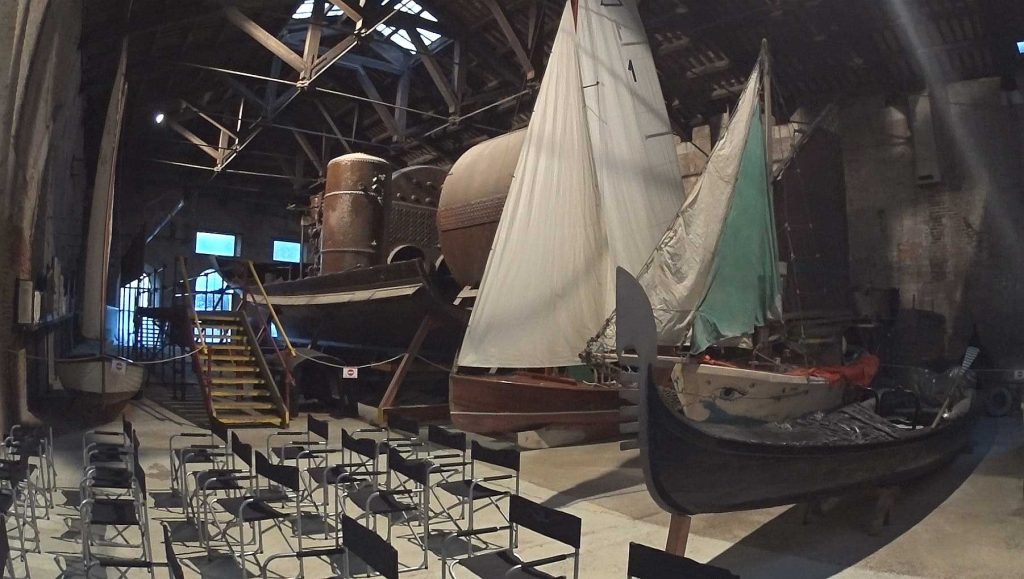
Very interesting for traditional boating enthusiasts is a building detached from the main Museum, called the Ships Pavilion, which allows you to see a large collection of historical boats of various kinds, typical of the lagoon and the upper Adriatic. Ships Pavilion. It is accessed from Rio della Tana, Castello 2162 c, near the Arsenale bridge, next to the Porta dei Leoni, beyond the Arsenale bridge. It is not always accessible. Inform yourself first on the Naval Museum website.
Parks and gardens
Castello is full of green spaces which are very welcoming in summer
Thetis space. Thetis is a marine technology research company. Its headquarters are inside the Arsenal and manages a beautiful garden dotted with works of art and accessible to the public. Access is from the Arsenale Nord, Bacini stop.

Garden of the Virgins. This is a particular garden. There’s nothing spontaneous about it. It was in fact carefully designed by the Dutch architect Piet Oudolf who dotted it with late flowering plants so the garden shines especially in autumn. There is also one of the most original pavilions of the Biennale, the Red Pavilion designed by the Portuguese architect Alvaro Siza. It is not very easy to find the entrance: you have to go to Salizzada Streta in San Piero di Castello, just before the Ponte dei Pensieri, and look for the little bridge that allows you to enter the garden through a gap in the walls of the Arsenale.
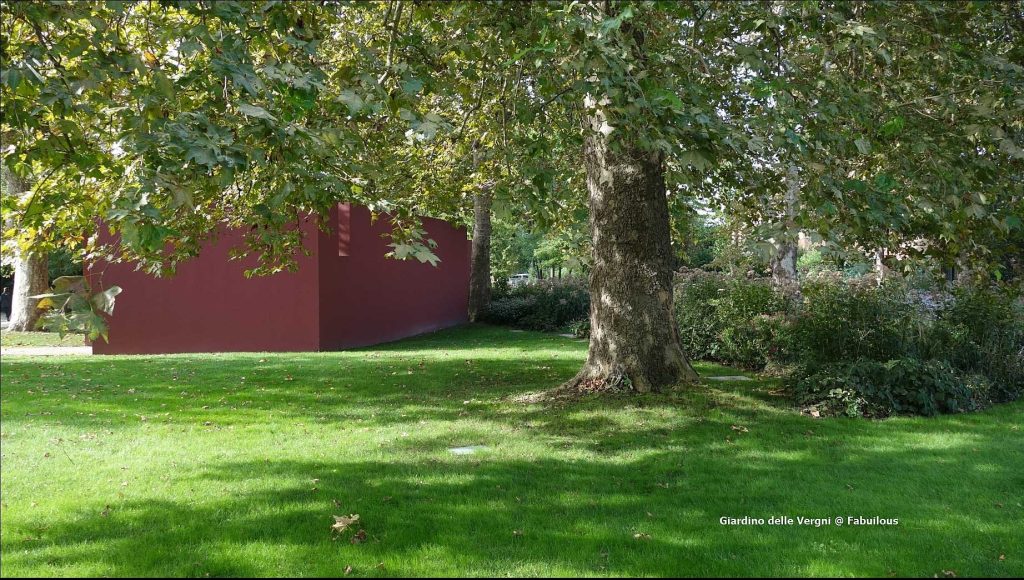
Greenhouse of the Gardens and Gardens of the Biennale. As soon as you get off the boat, at the GIardini stop, you see the wide and shady Viale Garibaldi with its double rows of red benches. On the right there is the Serra dei Giardini which is a particular place, half greenhouse and half very welcoming café. It is managed by a cooperative that employs ex-prisoners and other socially vulnerable people. Also on the right you enter the Napoleonic Gardens or Biennale Gardens. They are very large, but one part is always open and the other is used for the Biennale pavilions and is therefore accessible only during its opening periods, in spring and summer.
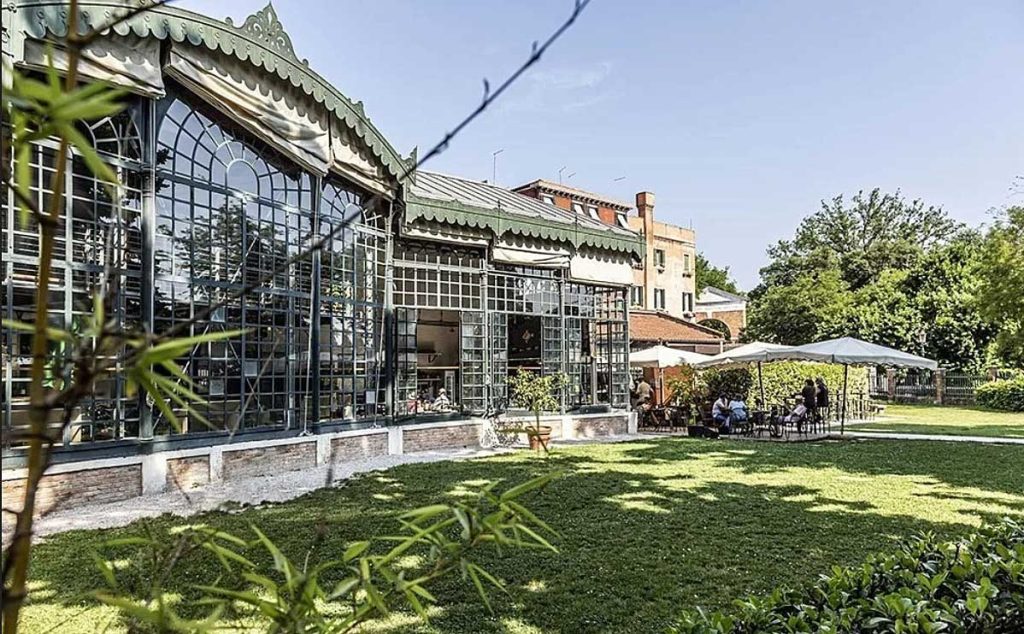
Gardens of San’Elena or Parco delle Rimembranze. It can be accessed from the Sant’Elena public transport stop. Much appreciated by Venetians for the shady green areas and the areas dedicated to playing and children’s games. The shore overlooking the San Marco Basin is very panoramic.
Pavilions of the Biennale

The formula that has made the global success of the art and architecture biennials is based on these pavilions. These are independent buildings, each managed by a different state, which is the owner. The 30 nations that own the pavilions are also responsible for their own maintenance and construction costs. They are all located within the Napoleonic Gardens and are often interesting also as a work of architecture in their own right.
Campo Santi Giovanni e Paolo
On the border with Cannaregio, this field is the most important in Venice after San Marco. For locals it is also called San Zanipolo. This is largely due to the presence of its imposing Basilica, a place of representation in which 25 doges and many of the civil and military heroes of the Serenissima are buried. One of these very dear to the Venetians is Marcantonio Bragadin, who was flayed alive by the Turks after having resisted the siege of Famagusta (Cyprus) for a long time in 1570-71. The Basilica is rich in works of art but is also famous for its Gothic window with polychrome stained glass created by the master Giannantonio Licinio da Lodi in the 16th century. It is the largest window of this type in the city and the true lead technique is one of the most traditional in Venice and still in use today.
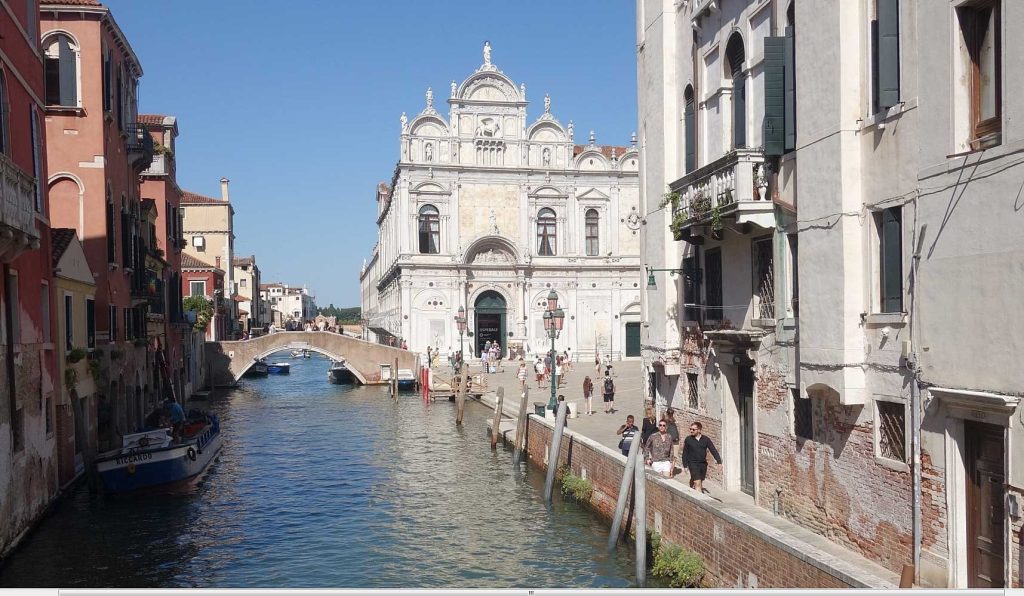
The facade of the hospital is also located in the field. Nothing could be further from how we imagine a hospital today (but the internal pavilions are modern and efficient).
In its entrance there are also a series of panels that trace the history of healthcare in Venice, a critical history full of surprises. The maritime commercial activities and the poor hygienic conditions of the city in the past made it an ideal place for epidemics and diseases of all kinds. It is no coincidence that a good part of modern medicine developed in Venice.
The Scuola Grande di San Marco
As soon as you enter the main door of the hospital, on the left you enter the small but exceptional museum of the School. This alone is worth a careful visit. The main texts of ancient medicine are found there, often in precious illuminated manuscripts and a collection of medical instruments and period prints. Most “schools” were professional guilds and mutual aid societies, necessary in times without public welfare systems.
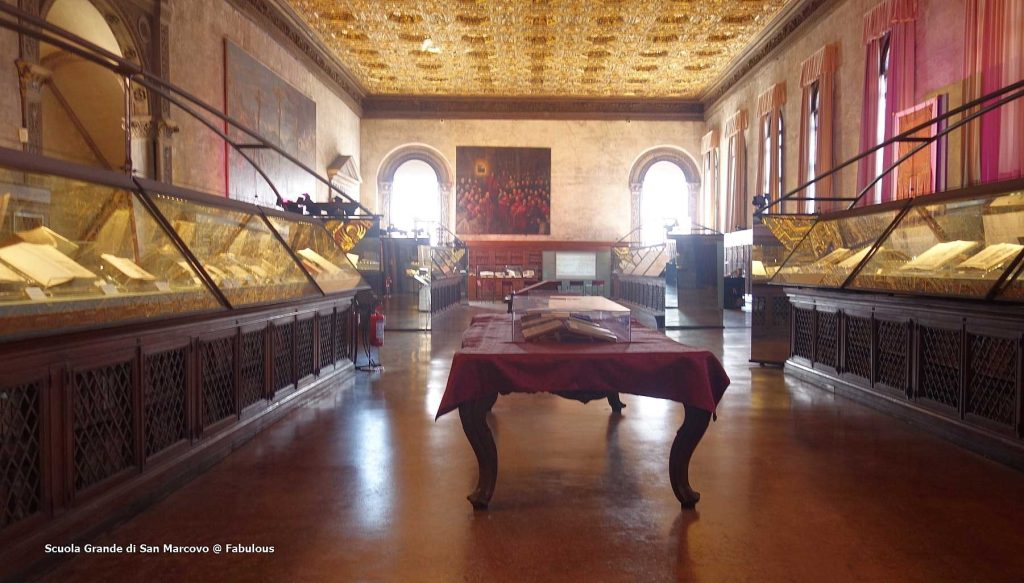
Santa Maria Formosa
This is one of the largest and most popular campi (field/square) in the area together with San Zanipolo. It is a logistical hub because four pedestrian communication routes branch off from here and take you throughout the city.
Here you will find imported buildings but above all the Querini Stampalia Library. It is a foundation much appreciated by students and scholars based in the magnificent Querini palace which is worth a visit in itself. Two viewing routes are possible (by reservation):
- Collections Path, to immerse yourself in the evocative atmospheres of the palace, to learn about its extraordinary history and its collections, to immerse yourself in the evocative atmospheres of the palace, to learn about its extraordinary history and its collections up close and
- Architecture Route for the architectural inserts by Carlo Scarpa, Valeriano Pastor, Mario Botta and Michele De Lucchi in a sixteenth-century Venetian palace. It offers sketching possibilities.
From the S.M. Formosa you can easily reach two other iconic places in Castello: - the Acqua Alta Bookshop, perhaps the most famous in Venice, with its water views and volumes stacked in improbable very high and unsafe piles. It is located at the end of Calle Longa Santa Maria Formosa, on the left in Campiello del Tintor.
- Palazzo Grimani, with access from Ruga Giuffa, a street very popular with Venetians. This palace is also a work of art in itself, with its statues and magnificent stuccos it tells us the story of Doge Grimani and his family. Recently restored, it is home to exhibitions, concerts and art events.
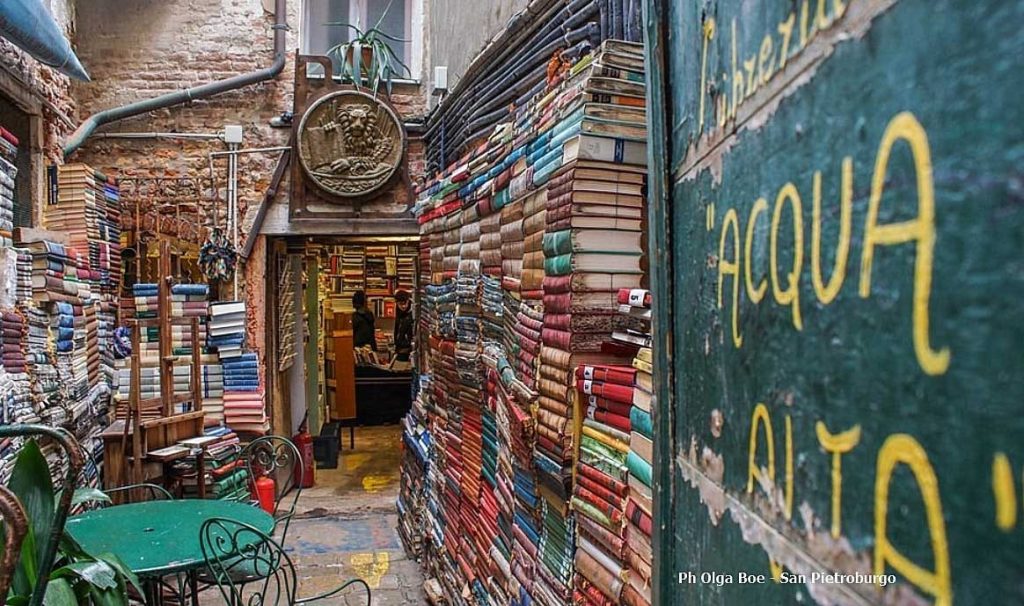
San Francesco della Vigna
The church has one of the most impressive Renaissance facades in Venice and the square in front is home to one of the early summer festivals most appreciated by Venetians: the Feast of Sant’Antonio which usually takes place in the second week of June.
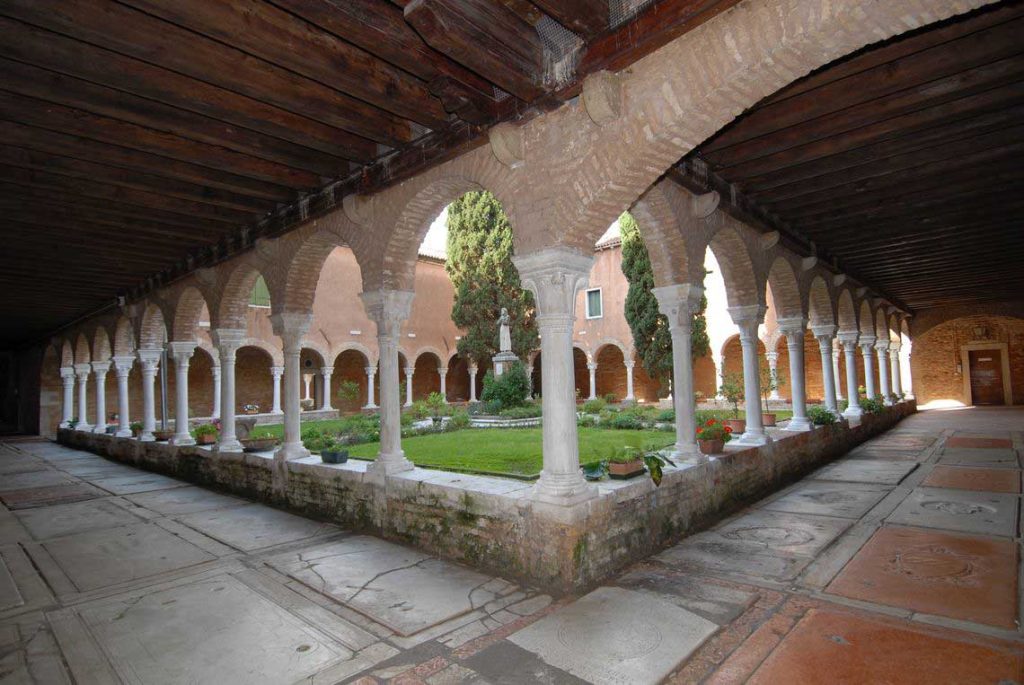
Next to the church there is the Franciscan convent with its valuable historical library. There are ancient illuminated manuscripts and also original works by Aldus Manuzio, the inventor of modern publishing. The important San Bernardino study center specializing in Christian ecumenism and inter-religious dialogue is located in the convent. It is a place of peace and meditation, with beautiful cloisters and gardens (aromatic herbs and grapes) said to have been founded by Saint Francis himself. It is a cloistered place, but guided tours are possible upon reservation and the historic library is accessible to the public.
Bragora
The Bragora (as all the Venetians call it) or Bandiera e Moro is one of the most welcoming and loved places by the Venetians who use it as an afternoon and evening meeting point, thanks also to the shaded benches that offer its trees. It is located a stone’s throw from Riva degli Schiavoni and near San Marco. An access point for the nearby churches of the Greeks and the Dalmatian School. Here too, a very popular neighborhood festival takes place, the feast of San Giovanni in Bragora, usually at the end of June.
Dalmatian School and the Greeks
For centuries the history of Venice has been intertwined with that of Dalmatia. This place is the meeting point in the city for all the Dalmatians who resided in Venice or who were passing through. “School” here means “brotherhood of nation” and not of profession or religion. Inside there are some valuable works by Vittore Carpaccio and you can clearly perceive the atmosphere of a Venetian Renaissance house. It is almost always open to visitors, but it is a good idea to check the opening hours.
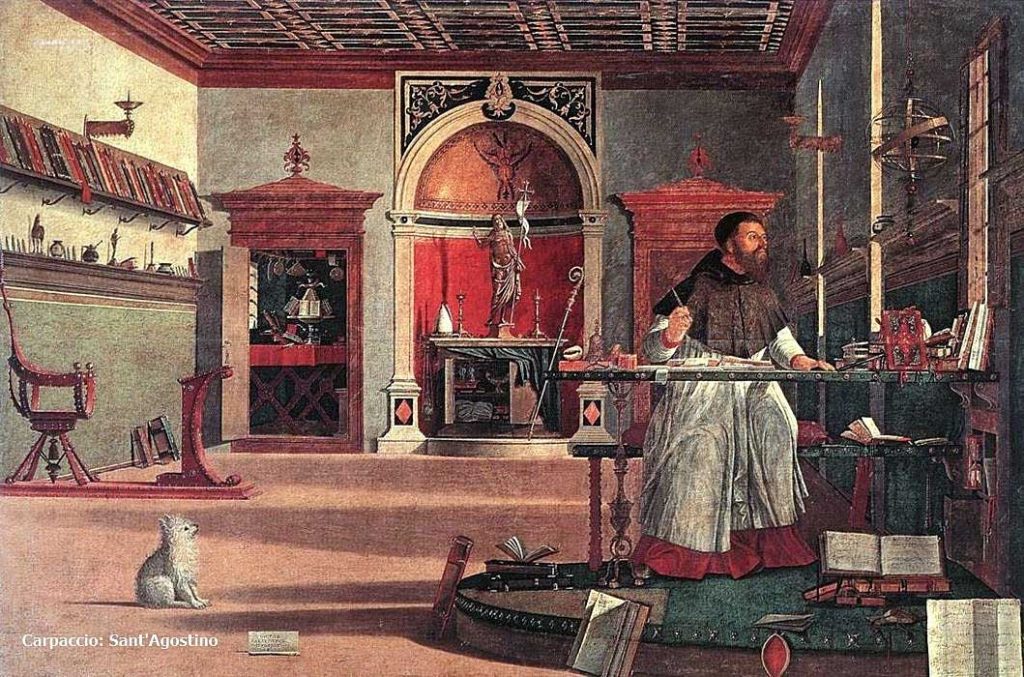
Also as a meeting point for Venetians coming from other countries, the church and museum of San Giorgio dei Greci are very interesting. Here the Greek Orthodox Christian liturgy is practiced in the Greek liturgy and according to the elaborate and evocative Eastern rite. The Orthodox church is autocephalous, that is, it does not have a central authority like the papacy, and this church is important because since 1991, by decision of the Ecumenical Patriarchate of Constantinople, it has been the cathedral of the Orthodox Archdiocese of Italy and Malta.
San Zaccaria
A stone’s throw from San Marco this is one of the most impressive and famous churches in Venice. It preserves numerous works of art but is also known as the home of very enterprising nuns who personally directed the most recent construction works (its original nucleus dates back to the 9th century).
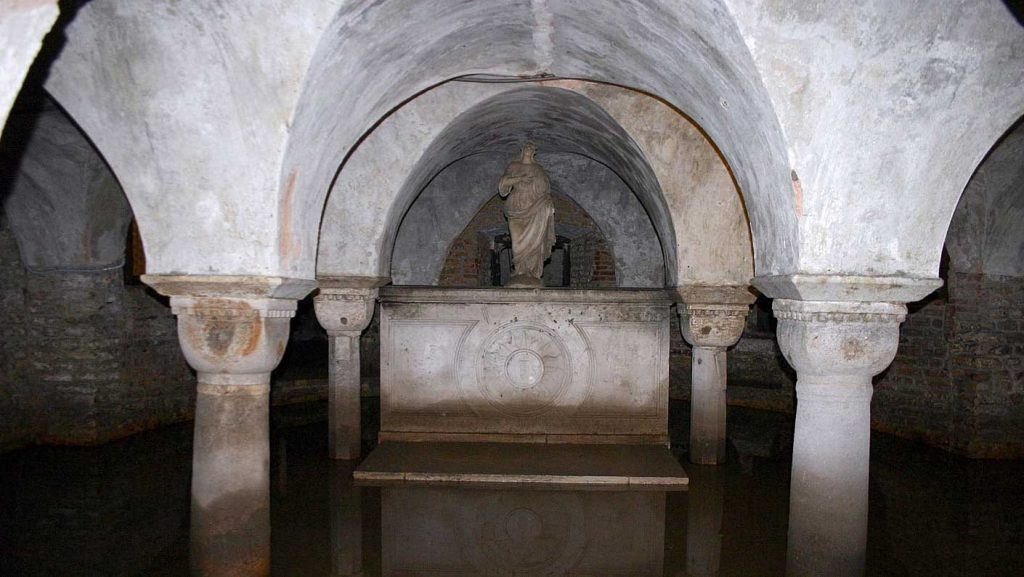
There is a crypt located below sea level and therefore often flooded. When it isn’t it’s worth a visit. The young nuns were also known for their rich fashionable lives as they were largely not nuns by vocation but due to family obligation and inheritance matters.
Basilica of Saint Peter
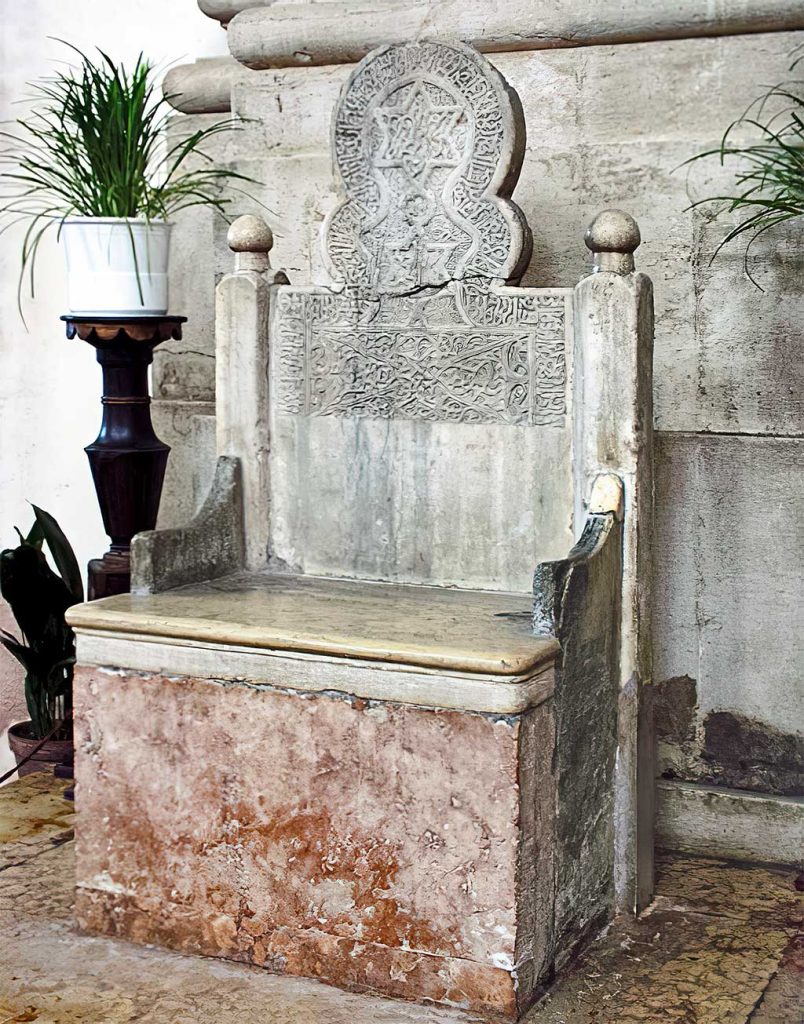
One of the oldest churches in Venice, so called because it preserves the chair of Saint Peter, that is, the throne used by the saint when he was bishop of Antioch. It was the seat of the Venetian patriarchate until 1807. Then Napoleon moved its headquarters to San Marco. It is located in a secluded place full of greenery, in the heart of Castello. Here the 12 virgins were kidnapped by Dalmatian pirates, then adventurously saved by a Venetian expedition, promptly activated. This story has given rise to an annual representation which commemorates the entire event and which takes place during the carnival.
Food
The many restaurants and trattorias found in Castello differ little from each other, but there are some that we would like to highlight for some particularities that make them interesting. All of them are also very popular with residents.
Vecio Trani
Via Giuseppe Garibaldi, 1582,
Very popular. Excellent for canapés, cicchetti and finger foods of various kinds.
It’s a Bacaro and not a restaurant.
Mayer
Castello 1591 (Via Garibaldi), close to Vecio Trani.
Well-known bakery and pastry shop with many locations in Venice. There are rice balls, savory pies and other things like that.
Puppa bar
Calle del Spezier, 4800
If you want, try the spaghetti with cuttlefish ink and the fish risottos.
Two things that are difficult to find elsewhere.
Trattoria Nuova Speranza
Campo Ruga, Castle.
This is a hidden restaurant and you have to look for it carefully. Regular customers are the craftsmen and workers who work in the beautiful surroundings. No luxuries here and spartan service. But the tables in the field are pleasant and the home-made food is appreciated.
Ai Do Archi
Barbaria de le Tole, 635.
Welcoming restaurant near Campo Santi Apostoli. Good food and average prices.
Trattoria alla Frasca
Court of Charity, 5176.
It is located in a very quiet and welcoming little square. Dining here on summer evenings is a great experience. Good fish cuisine, but relatively expensive.
Rosa Salva Pastry
Campo S.S. John and Paul.
Historic place much loved by Venetians. Try the Baicoli, the traditional dry biscuits of Venice.
Book now
Appartamenti
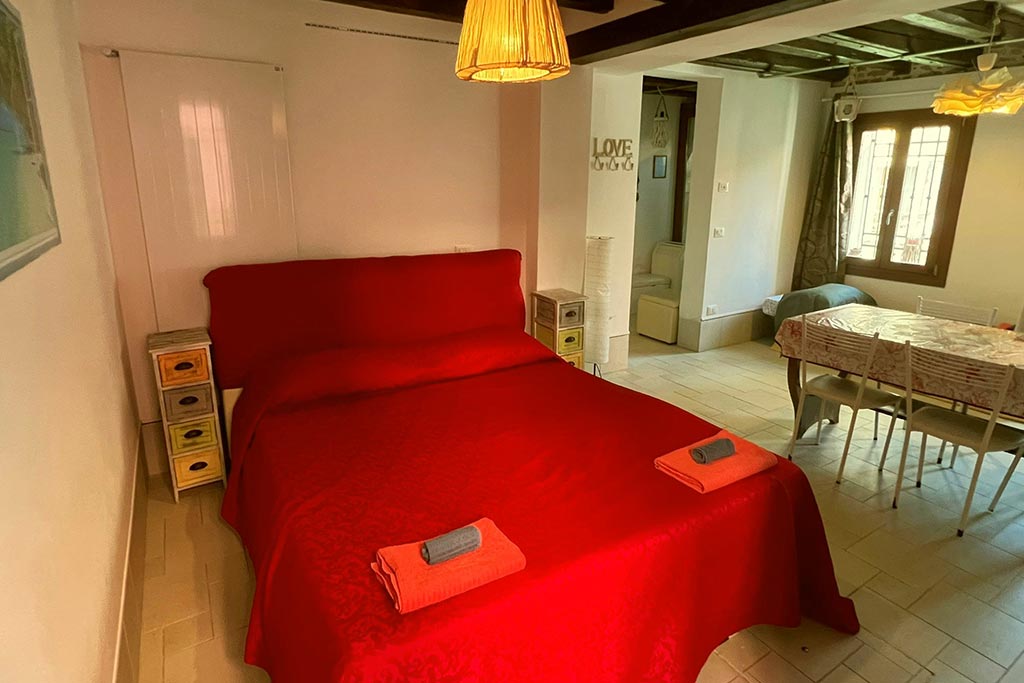
Gondola show
- 4 ospiti
A 700 metri dal Ponte di Rialto e a 300 metri dalla Ca’ d’Oro, offre la vista sui canali.
Zona: Cannareggio
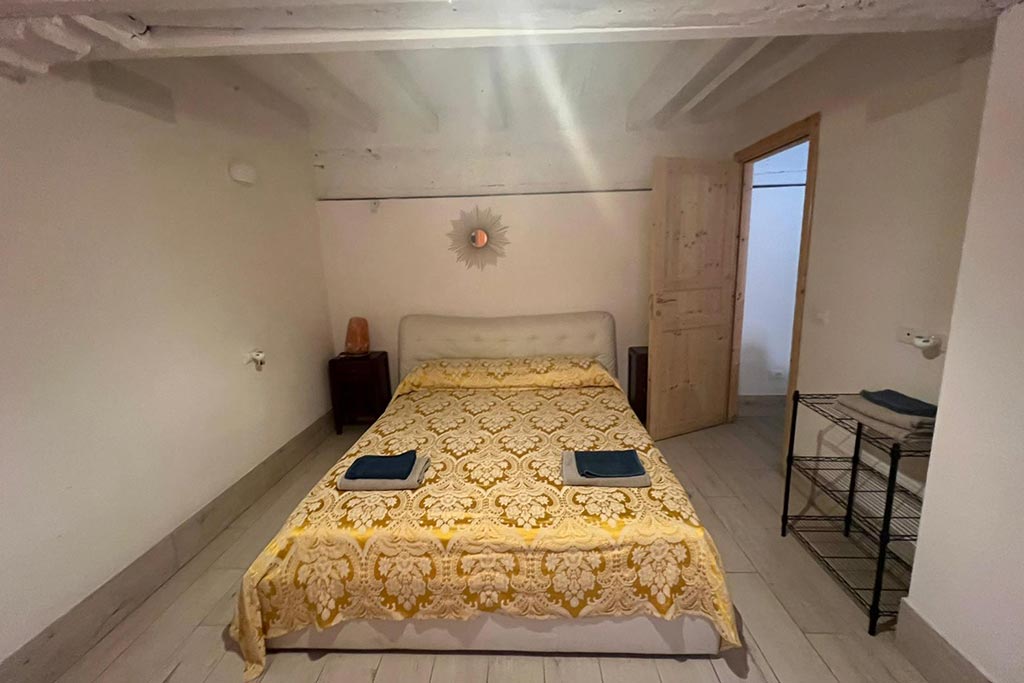
Golden place
- 3 ospiti
A 400 metri dalla Basilica di San Marco e da Palazzo Ducale.
Zona: Cannareggio
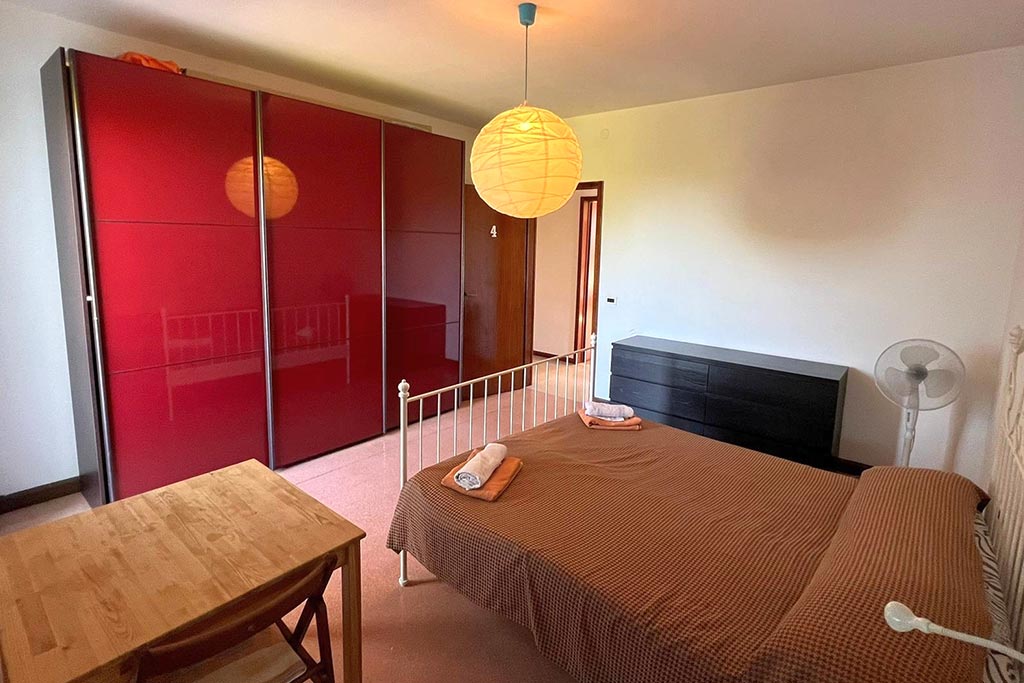
8 minutes
- 9 ospiti
A 8 minuti dall’aeroporto, l’appartamento con balcone e vista mare si affaccia sul giardino.
Zona: Campalto
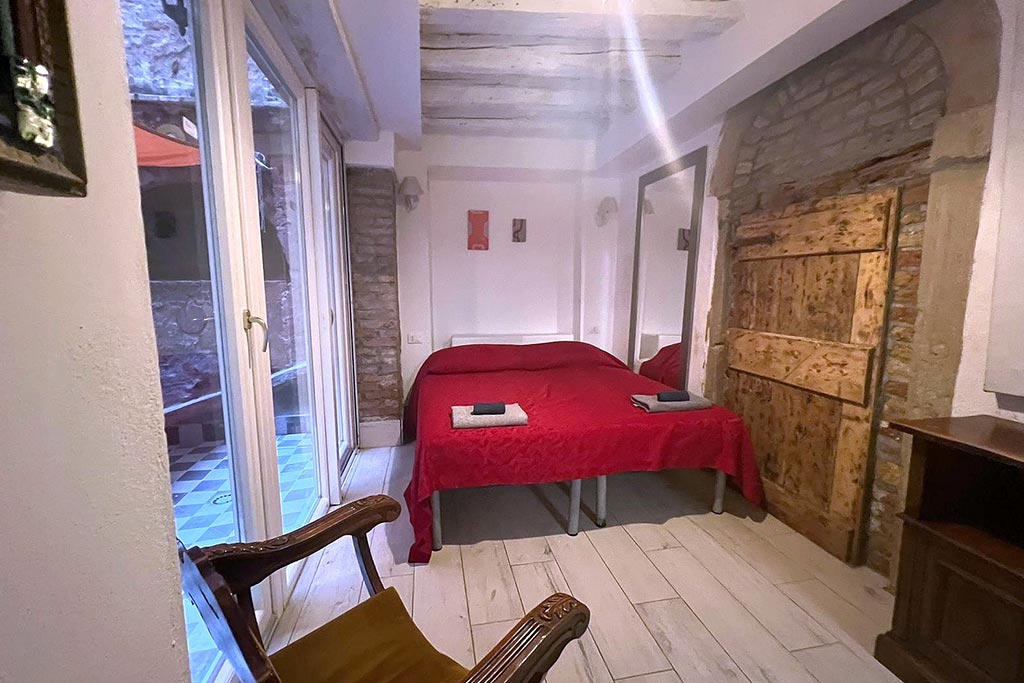
The secret garden
- 3 ospiti
A 600 metri dalla Ca’ d’Oro, l’appartamento offre un giardino e una terrazza.
Zona: Cannareggio
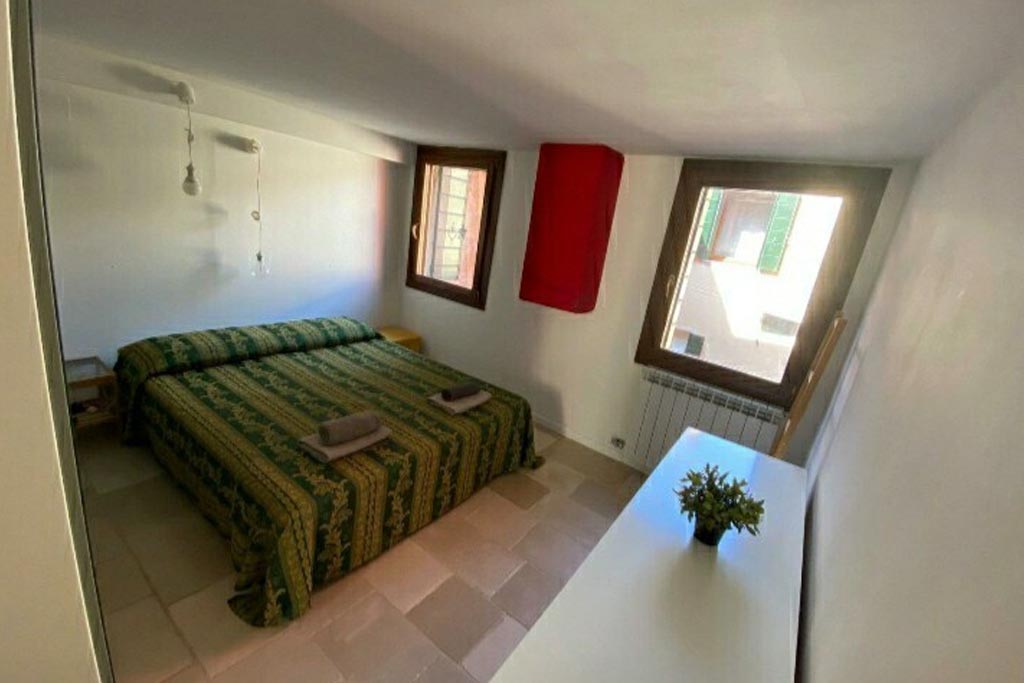
Arsenale
- 4 ospiti
Rilassati in questo spazio tranquillo in posizione centrale.
Zona: Arsenale
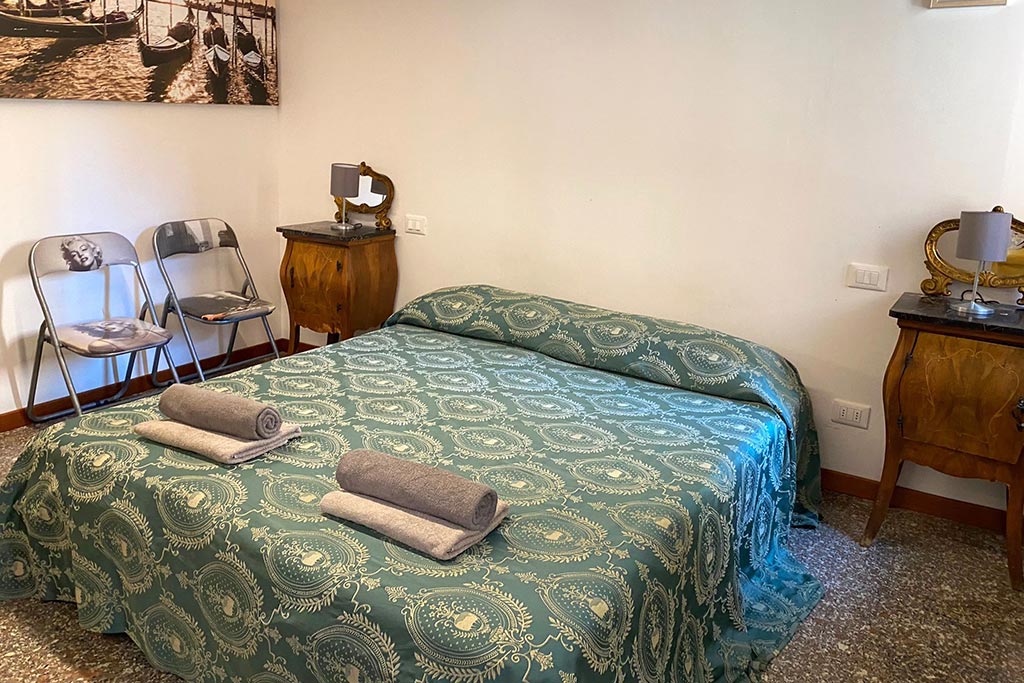
Lovely Central
- 5 ospiti
Appartamento confortevole di due camere e due bagni.
Zona: Campo Do Pozzi
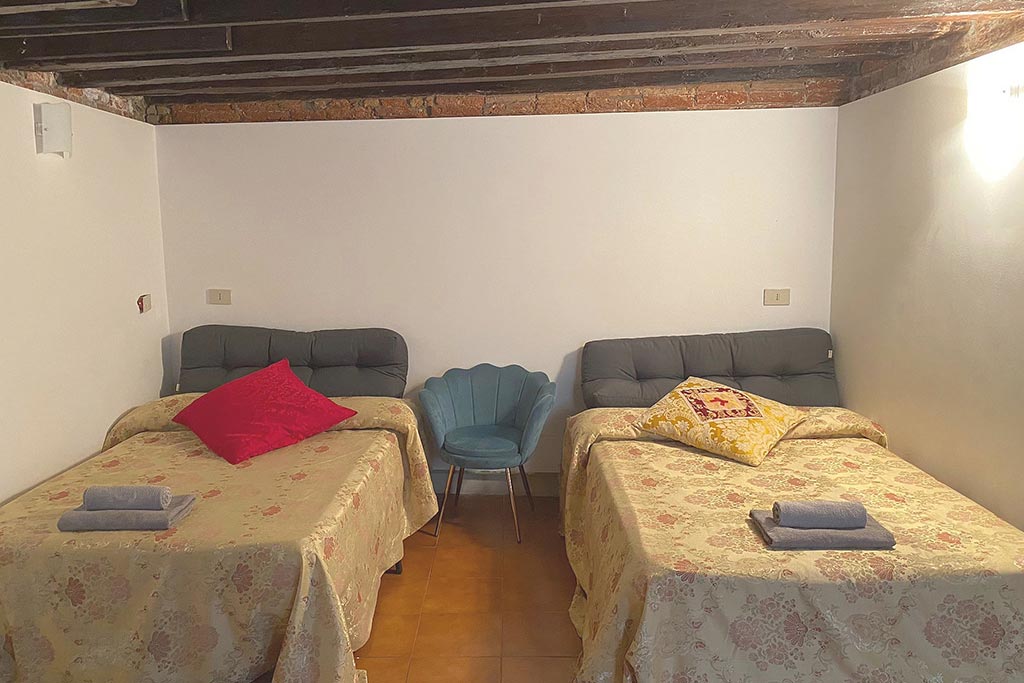
Luky palace
- 2 ospiti
Appartamento molto carino per due persone nascosto in una corte silenziosa e centralissima.
Zona: Castello
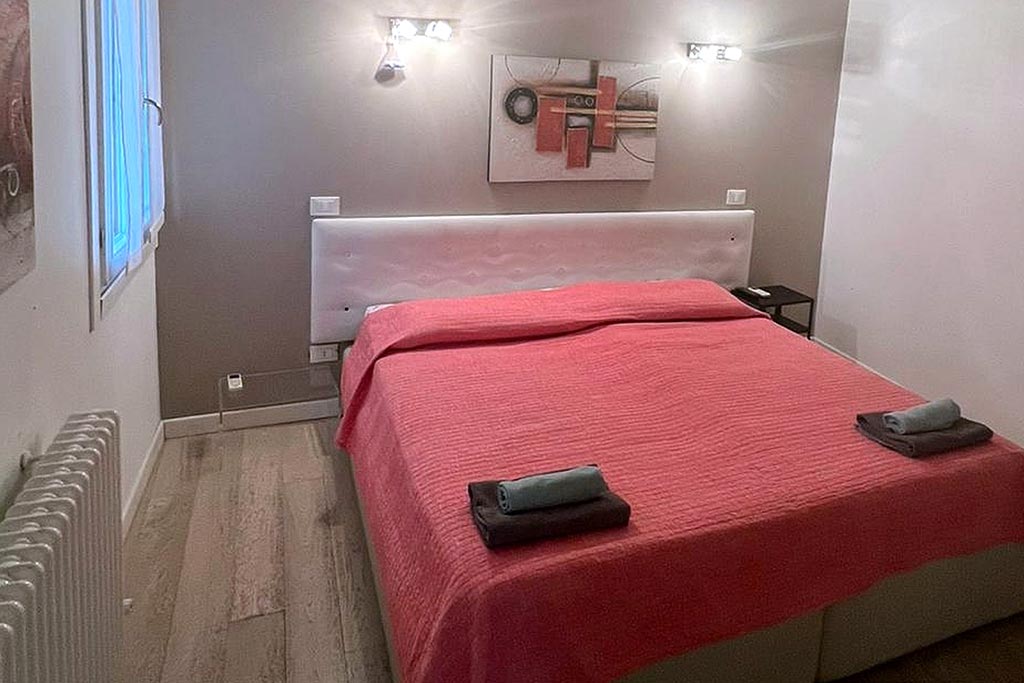
Rialto Design
- 2 ospiti
Caratteristica palazzina dotata di quattro camere disposte su tre piani e una cucina.

